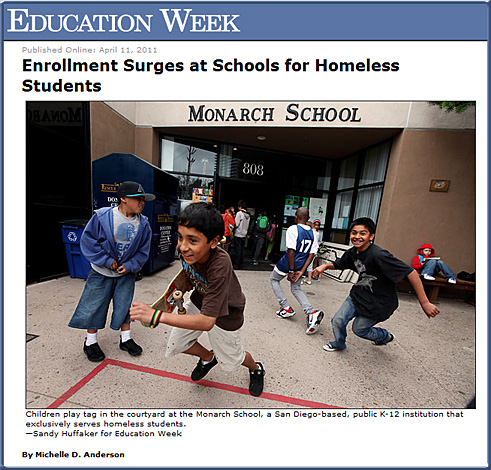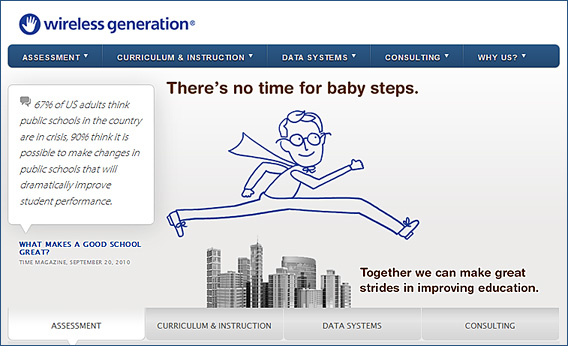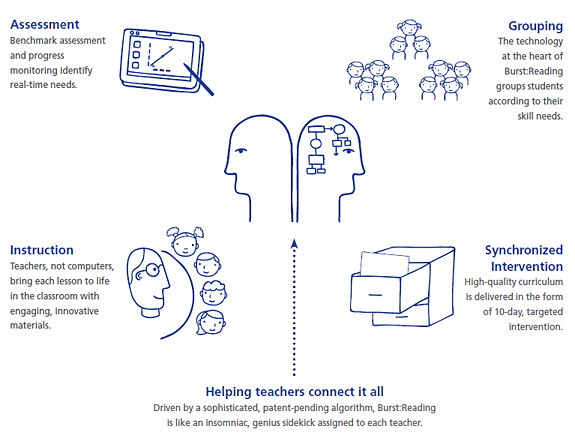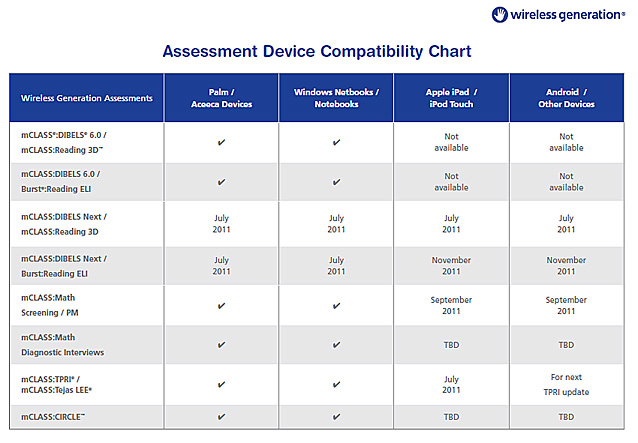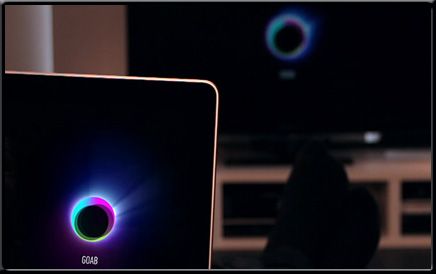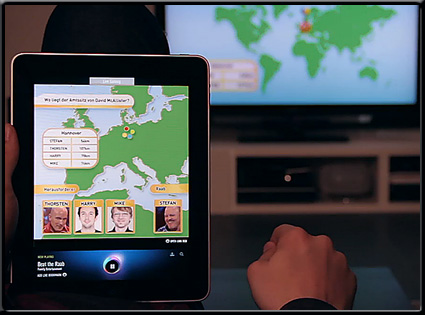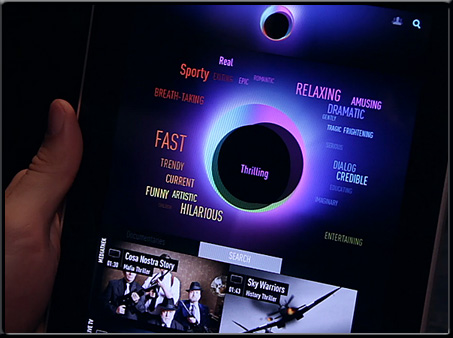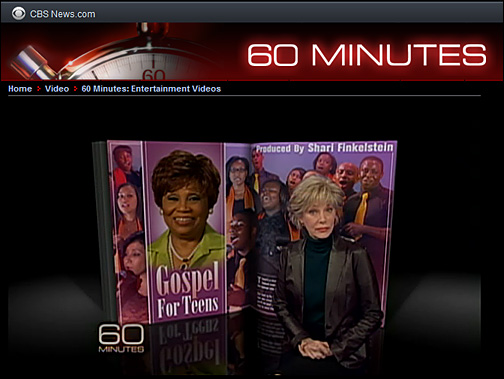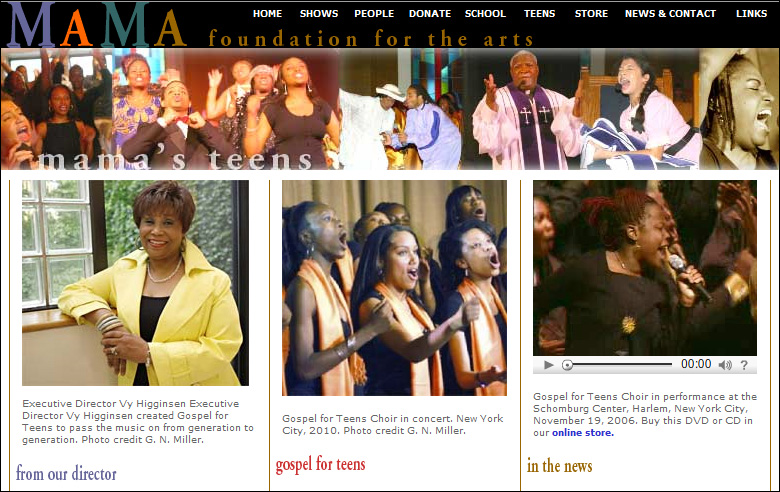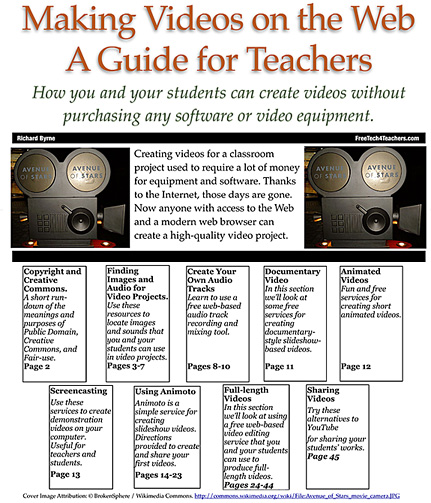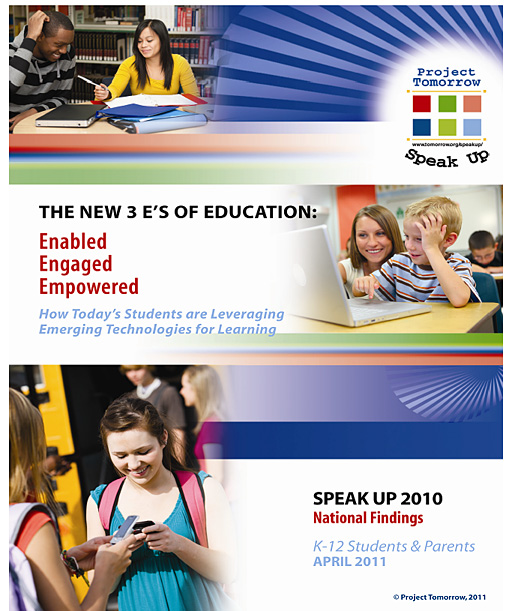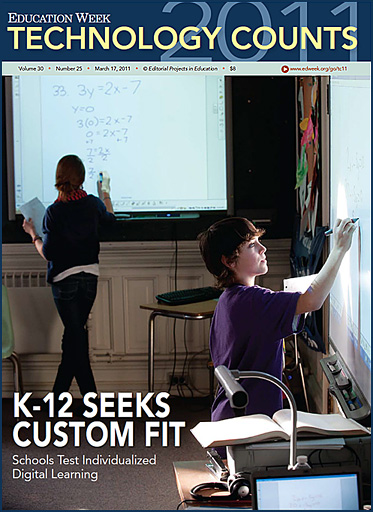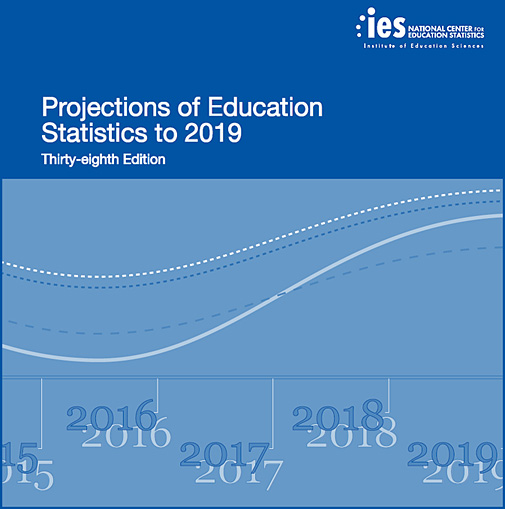Daniel Christian:
A Vision of Our Future Learning Ecosystems
In the near future, as the computer, the television, the telephone (and more) continues to converge, we will most likely enjoy even more powerful capabilities to conveniently create and share our content as well as participate in a global learning ecosystem — whether that be from within our homes and/or from within our schools, colleges, universities and businesses throughout the world.
We will be teachers and students at the same time — even within the same hour — with online-based learning exchanges taking place all over the virtual and physical world. Subject Matter Experts (SME’s) — in the form of online-based tutors, instructors, teachers, and professors — will be available on demand. Even more powerful/accurate/helpful learning engines will be involved behind the scenes in delivering up personalized, customized learning — available 24x7x365. Cloud-based learner profiles may enter the equation as well.
The chances for creativity, innovation, and entrepreneurship that are coming will be mind-blowing! What employers will be looking for — and where they can look for it — may change as well.
What we know today as the “television” will most likely play a significant role in this learning ecosystem of the future. But it won’t be like the TV we’ve come to know. It will be much more interactive and will be aware of who is using it — and what that person is interested in learning about. Technologies/applications like Apple’s AirPlay will become more standard, allowing a person to move from device to device without missing a beat. Transmedia storytellers will thrive in this environment!
Much of the professionally done content will be created by teams of specialists, including the publishers of educational content, and the in-house teams of specialists within colleges, universities, and corporations around the globe. Perhaps consortiums of colleges/universities will each contribute some of the content — more readily accepting previous coursework that was delivered via their consortium’s membership.
An additional thought regarding higher education and K-12 and their Smart Classrooms/Spaces:
For input devices…
The “chalkboards” of the future may be transparent, or they may be on top of a drawing board-sized table or they may be tablet-based. But whatever form they take and whatever is displayed upon them, the ability to annotate will be there; with the resulting graphics saved and instantly distributed. (Eventually, we may get to voice-controlled Smart Classrooms, but we have a ways to go in that area…)
Below are some of the graphics that capture a bit of what I’m seeing in my mind…and in our futures.
Alternatively available as a PowerPoint Presentation (audio forthcoming in a future version)










— from Daniel S. Christian | April 2011
- Hunch brings predictions to Internet TV — from ReadWriteWeb.com by Mike Melanson
- Group video calling comes to iPhone & Android in Fring beta test – from Mashable.com by Jennifer Van Grove
- State of the Art Tutoring is Going Online — from chatam.patch.com by K.F. Rogers (originally saw at Ray Schroeder’s blog)
- Storytelling: Video games’ next killer app — from CNN.com by Scott Steinberg
- YouTube finally launches live streaming portal to select partners — from ReadWriteWeb.com by Marshall Kirkpatrick
- The art of immersion, digital storytelling and transmedia — from Six Pixels of Separation
- Reversing course, U. of California to borrow millions for online classes — from The Chronicle by Josh Keller
- Non-stop Learning Futures conference spans three time zones to mirror demands of 24/7 global society — from 24dash.com
- Call for presentations: Online learning, teaching, and research in the new media ecology — from Ray Schroeder and the Sloan Consortium
…It is clear that we are in the midst of rapid and ongoing changes in the way that we communicate and represent ideas and these changes have profound consequence for how we know, learn, think, and teach in higher education and beyond. The dizzying pace of change is highlighted by the fact that even the relatively new conventions of online education associated with asynchronous learning networks are being challenged by emerging means of access, such as mobile and cloud computing, new forms of communication, such as video streaming and instant messaging, as well as the innovative modes of participation represented in social media.
Addendum on 4-14-11:
- Surprise! Online TV is billion-dollar biz — from cnn.com
iPads, iPod Touches, and iPhones as Assistive Technology in Education — from Tech & Learning
Also see:
- Teachers: Watch this and Try not to Cry – Then DO SOMETHING! — from Gary Stager
as well as:
School budget cuts fueling virtual high school growth — from prlog.org (originally saw this at Ray Schroeder’s blog)
Faced with budget cuts that have forced the cancellation of low enrollment AP and enrichment classes, schools in 10 states have started their students with VHS online courses this semester.
Mar 21, 2011 – Maynard, MA – Virtual High School Global Consortium (http://www.govhs.org), the pioneer of K-12 online learning and course design for teachers, today announced the addition of 17 new member schools in 10 states this semester, bringing their total membership to 770 member schools worldwide. Many of these schools are using Virtual High School (VHS) to provide their students with access to courses affected by budget cuts.
Also see:
- The New 3 E’s of Education: Enabled, Engaged and Empowered
How Today’s Students are Leveraging Emerging Technologies for Learning - What Do Kids Say Is The Biggest Obstacle To Technology At School? — from ReadWriteWeb.com by Audrey Watters
Skype Community Comes to the Classroom — from The Journal by David Nagel
 Skype in the classroom offers teachers a free platform for communications and collaboration. |
Skype has launched a global community for educators called Skype in the classroom.
The free service is focused on connecting teachers from around the world to allow them to communicate, collaborate on projects, draw expertise from one another, and share learning materials and best practices. It also serves as a launchpad for connecting students with their peers in classrooms across the planet using Skype video.
Addendum on 4/1/11:
- Skype’s New Education Platform Connects Classrooms Around the Globe — from Good Education by Liz Dwyer
10 reports on the near future of learning — from EdReformer.com by Tom Vander Ark
EdWeek’s 2011 Technology Counts — from The Future of Education by Jesse Moyer
Also see the report at:
This edition of Projections of Education Statistics provides projections for key education statistics, including enrollment, graduates, teachers, and expenditures in elementary and secondary public and private schools. Included are national data on enrollment and graduates for the past 15 years and projections to the year 2019. Also included are state-level data on enrollment in public elementary and secondary schools and public high schools from year 2001 and projections to year 2019. This report is organized by the level of schooling with sections 1, 2, 3, and 4 concerned with aspects of elementary and secondary education and sections 5 and 6 concerned with aspects of post secondary education.









